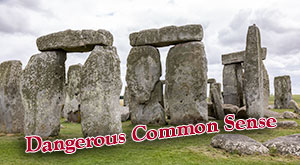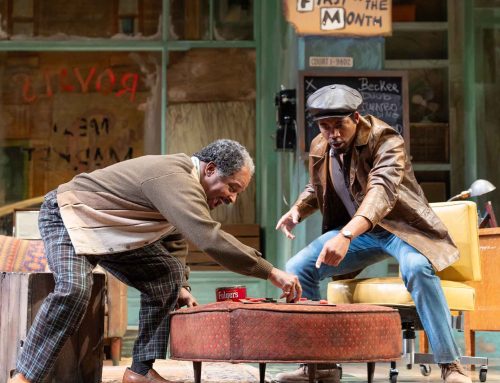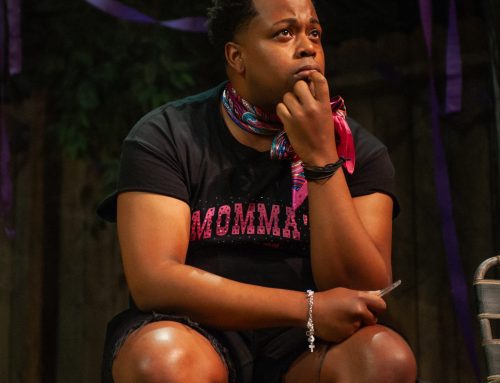at the American Conservatory Theater
Clybourne Park
by Bruce Norris

Most of what makes the evening unsatisfying is attributable to a juvenile, heavy-handed and poorly researched script by Bruce Norris. The play deals with a house in a neighborhood apparently called Clybourne Park. The opening act focuses on the white family that sells the home to the neighborhood’s first black family. The second act is all about a 2011 white yuppie family moving back into the house as the neighborhood transitions from all black to integrated.
The premise has great promise. And, there is a fair amount of snappy dialog and comic characterization. Unfortunately, the playwright apparently had no friends and no editor to keep him from committing uncreative anachronism after uncreative anachronism. Act I’s explicatives don’t shock, they jar. They are out of place in a white, middle-class 1950’s argument. Norris may be too young to comprehend that language has changed, but he badly needed whatever the writing equivalent of a dramaturg is.
One key story point in the play is set off by the 1950’s white family’s soldier son’s shame at having participated in massacres during his service in Korea. I am sure that American troops committed evil crimes in that war. But the public shame and gut-wrenching self-doubt over military madness dates from the 1960’s and the Vietnam War. Not the Korean War. Not in the 1950’s family.
And I haven’t even touched on the lack of artistry in the drawing of the comparison between the neighborhood transitions. Obvious, stereotypical, and uninteresting.
ACT’s Clybourne Park is worsened by the uninspired direction of Jonathan Moscone. When all of the on-stage characters are restrained to the point of seeming like static billboards, you simply have to admire the craft of the actors who obviously delivered what the director wanted. Most of the time the cast is lined up on stage and delivers lines as if they were doing a high school play reading . The energy and movement makes My Dinner with Andre feel like a Cirque Du Soleil acrobatic exhibition in comparison. We were in the orchestra, and we had difficult time simply hearing some of the lines. The delivery was that flat.
Costume designer Katherine Roth got into the anachronistic spirit by dressing an Act I off-duty clergyman in a black clerical top and a deliberately non-matching navy blue pants. I know that this was supposed to telegraph the character’s ham-handed doofusness, but in the late 1950’s it just wouldn’t have happened. Even doofuses conformed better.
Nothing too much jarred me with Ralph Funicello’s set, except I did keep wondering if the relatively small and powerful transistor radio was from the 50’s or mid 60’s.
Overall, the play and performance is disappointing execution of a decent idea. Maybe, in the hands of a director with a vision, the experience could even be entertaining. But, this ACT attempt is better skipped.
Ozdachs Rating: ![]()





Leave A Comment